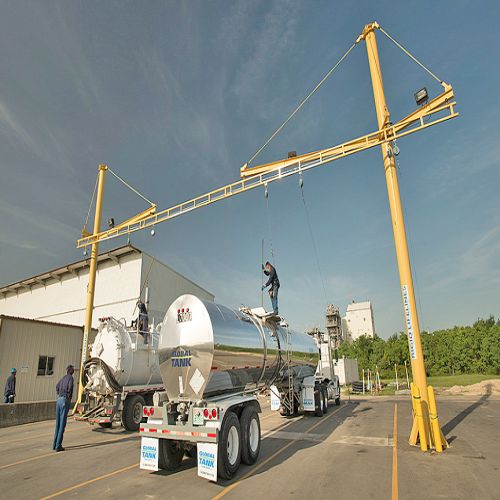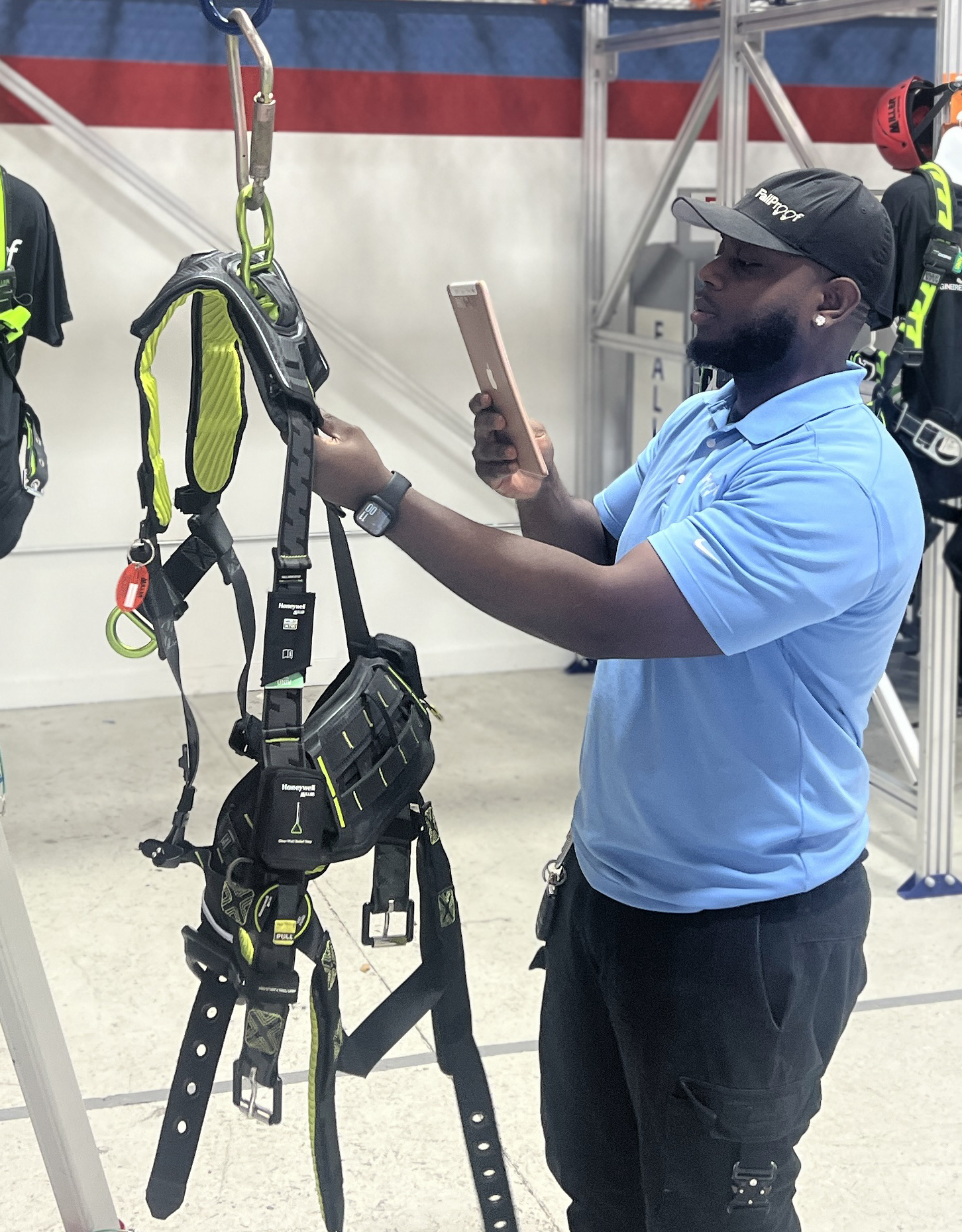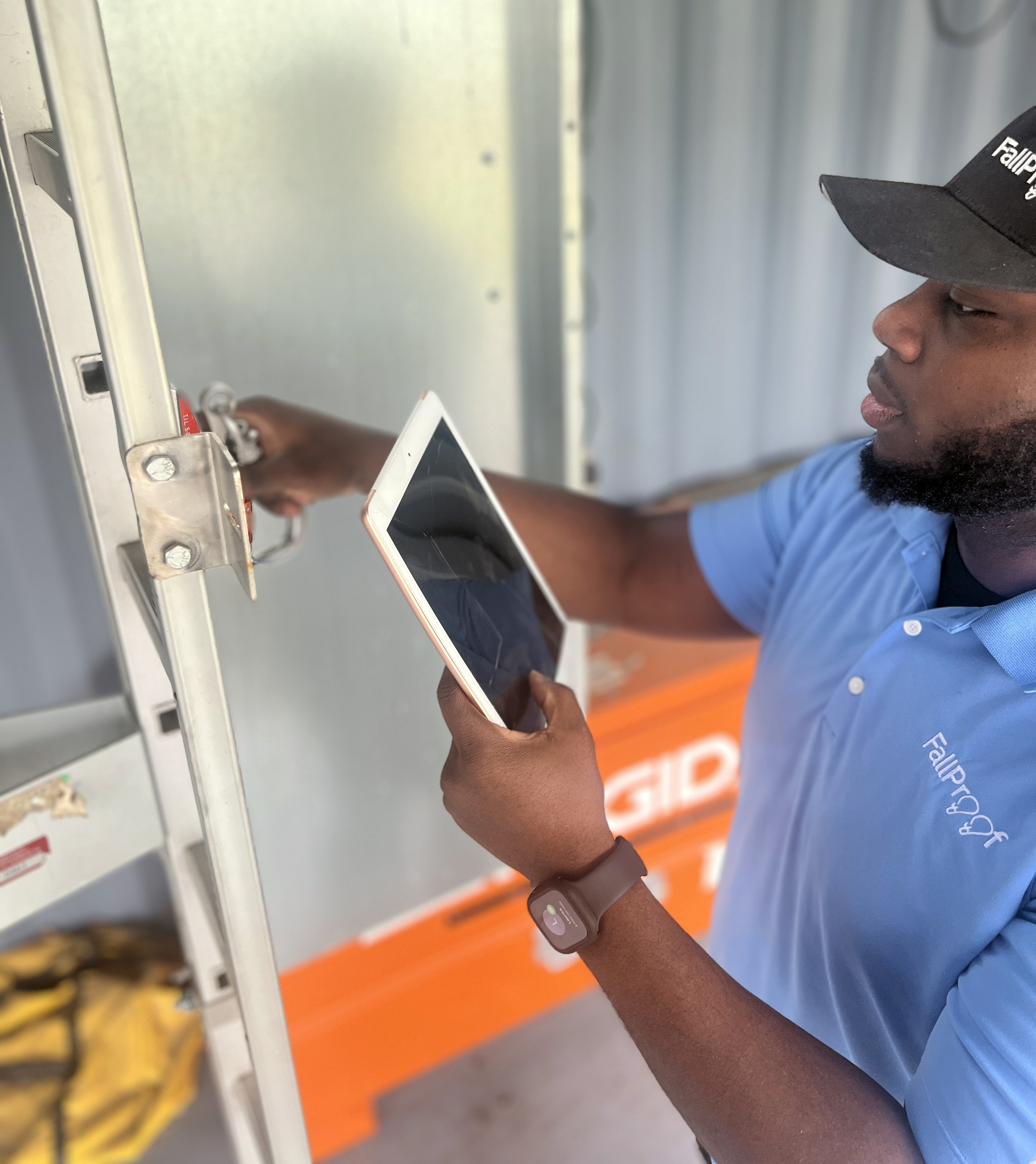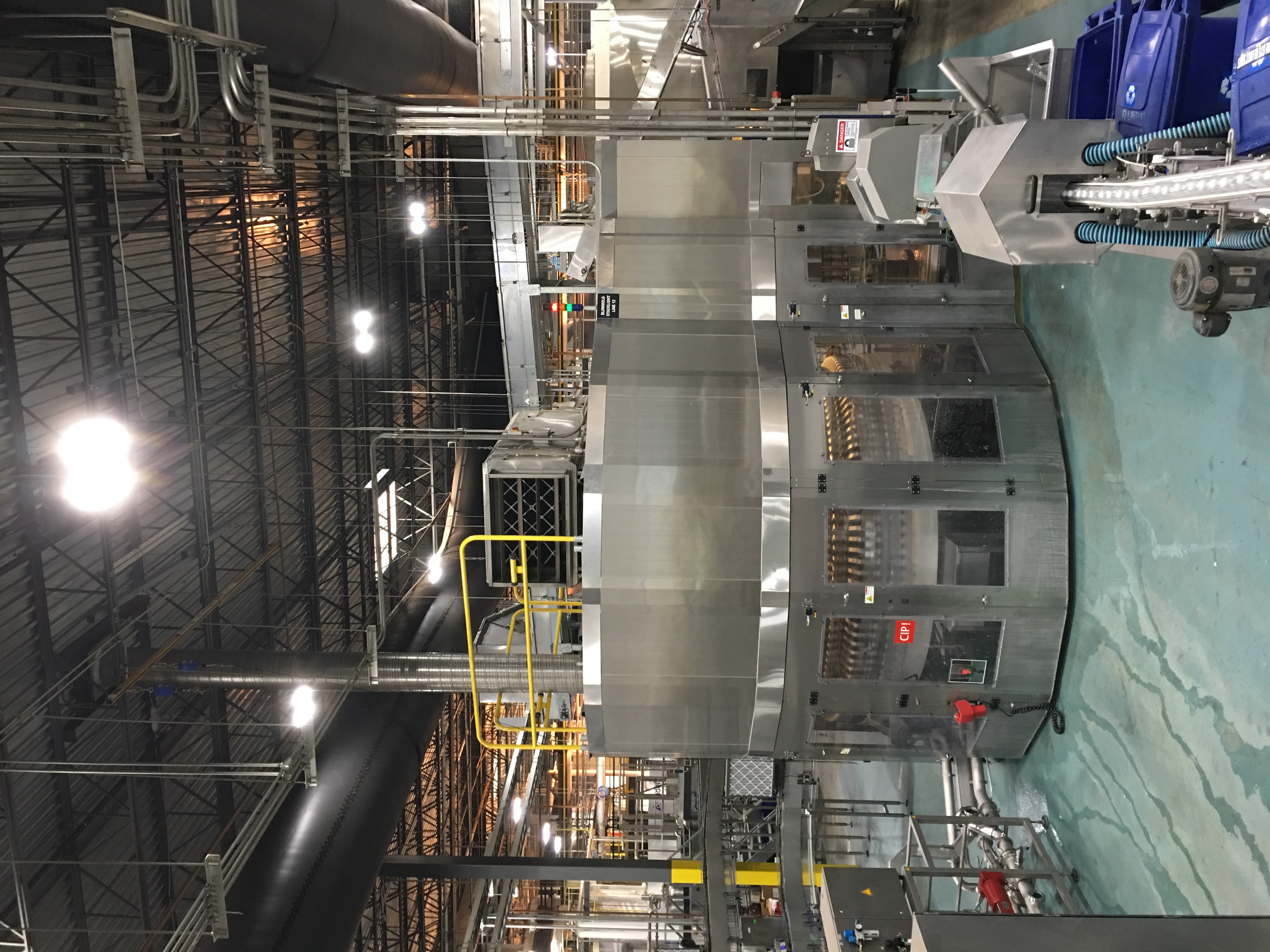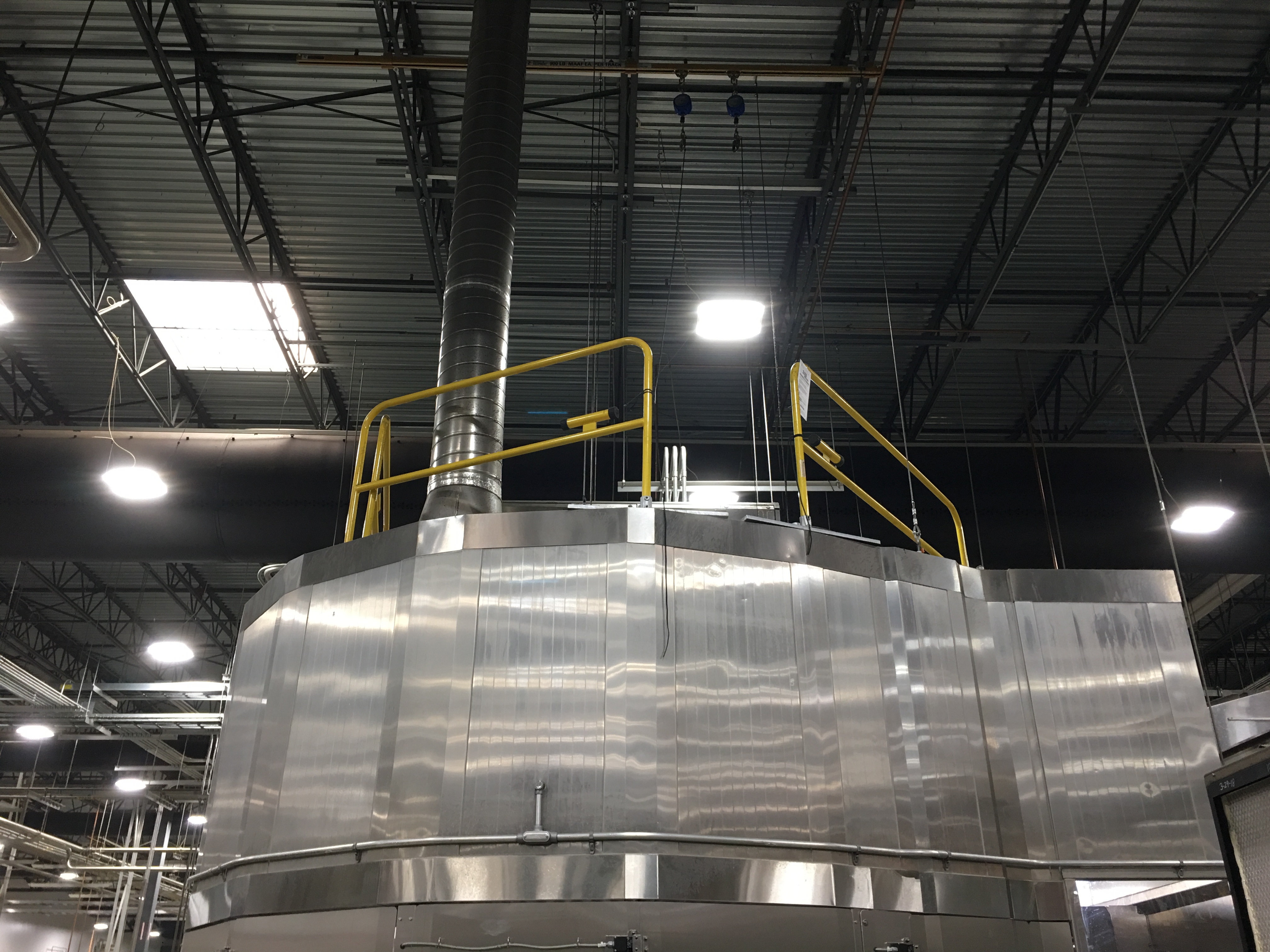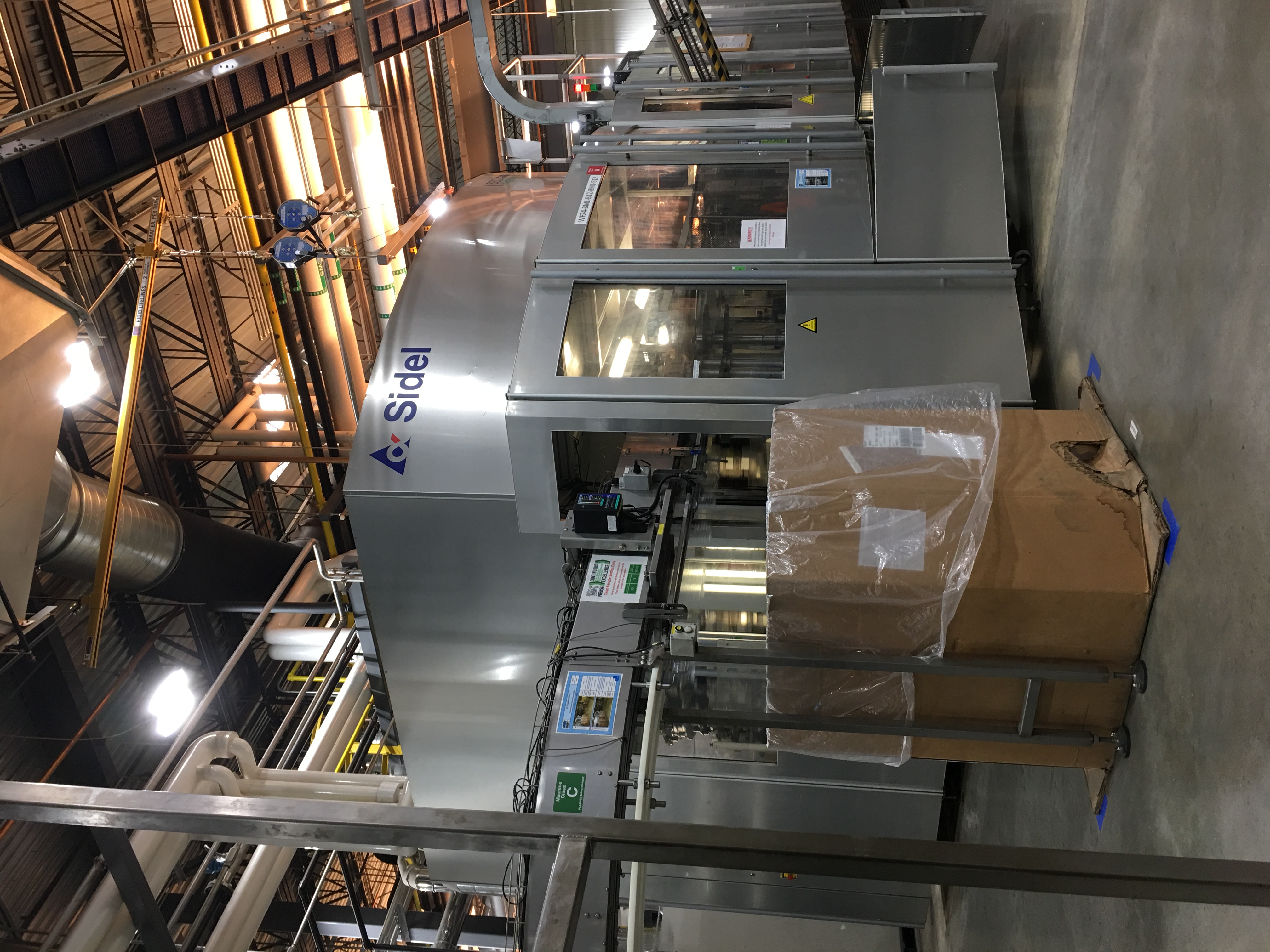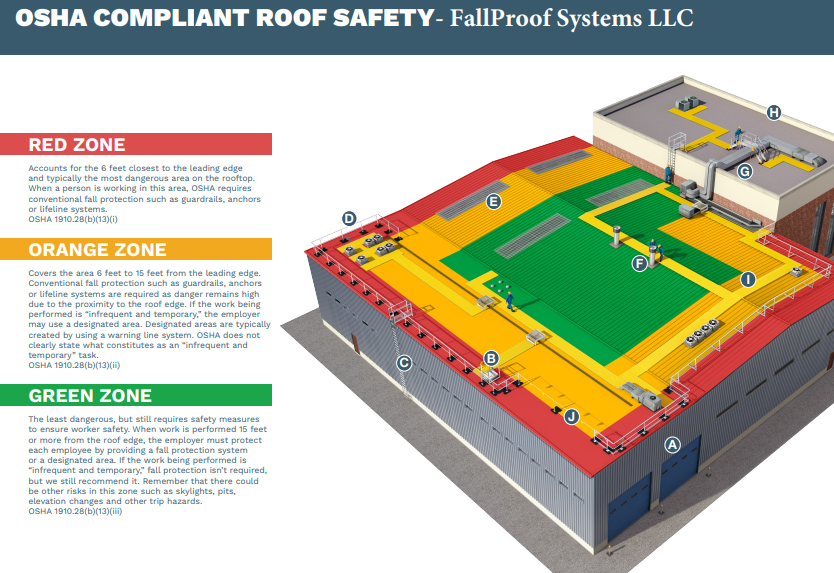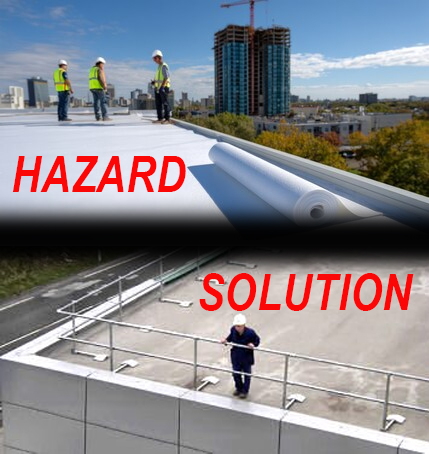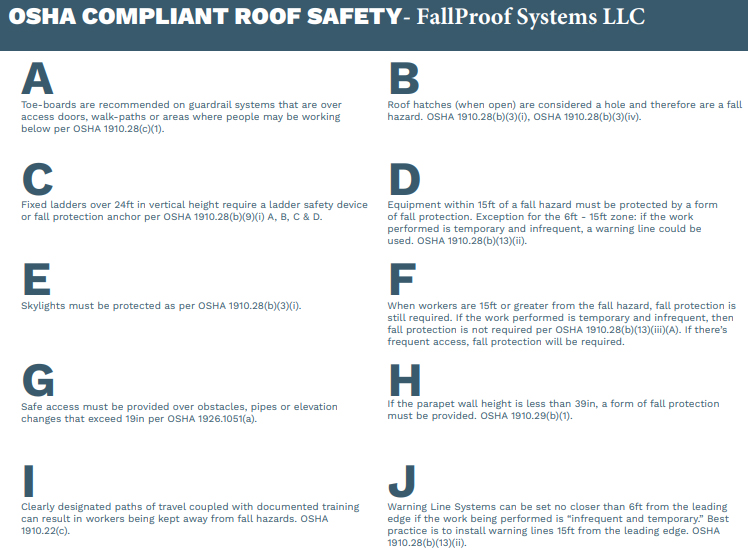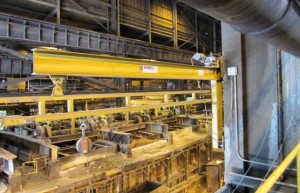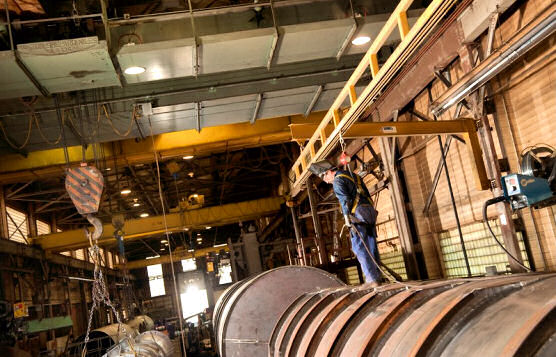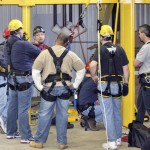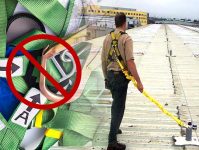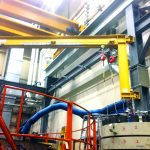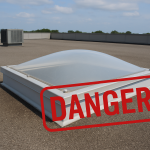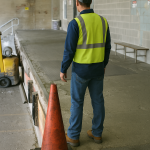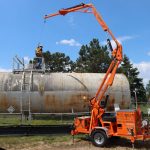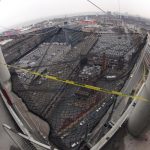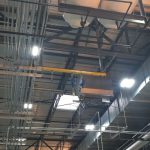The function & benefits of Rigid Fall Protection Systems
What Are Rigid Fall Protection Systems?
Rigid fall protection systems refer to overhead anchorage solutions, such as fixed rails or tracks,
that provide a secure point for attaching personal fall arrest equipment. These systems are
commonly installed in environments where traditional lifelines may be impractical or
insufficient, such as factories, warehouses, aircraft maintenance bays, and loading docks.
Main Components
-Fall Protection Track: A robust, stationary rail or beam mounted overhead, often made
of steel or aluminum, that serves as the primary anchorage point.
-Trolley Device: A mobile attachment that runs along the rail, allowing workers to move
horizontally while staying safely connected.
-Harness and Self Retracting Lifeline: Personal protective equipment (PPE) worn by the
worker and connected to the trolley to arrest falls quickly with a shorter amount of free
fall and minimizing forces due to the lack of free fall.
-Mounting Structure: The framework that supports the rail or track, ensuring stability
and load-bearing capacity. This could be the building structure or a free-standing
structure designed to support the loads of the system and the fall.
How Rigid Fall Protection Systems Work
1. Anchorage: The system is firmly mounted to a structural support, such as a ceiling or
overhead beam, providing a fixed anchor point.
2. Connection: The worker wears a full-body harness connected via a self-retracting lifeline to the trolley in the rail.
3. Mobility: The trolley moves smoothly along the rail, allowing the worker to traverse the work area while remaining continuously protected.
4. Fall Arrest: In the event of a slip or fall, the rigid rail system quickly arrests the fall,
minimizing drop distance and impact forces. Unlike flexible systems, rigid rails do not sag, resulting in a shorter fall distance and enhanced safety.
Benefits of Rigid Fall Protection Systems
-Minimized Fall Distance: The rigid structure prevents sagging, reducing the distance a
worker could fall and lowering the risk of injury.
-Increased Stability: These systems offer consistent performance, unaffected by
environmental factors like wind or temperature.
-Improved Worker Mobility: Workers can move freely along the length of the rail while
remaining securely attached.
-Versatility: Rigid systems can be customized for various applications, including indoor
and outdoor environments.
-Compliance: Rigid fall protection systems are often designed to meet or exceed
regulatory standards set by OSHA and ANSI.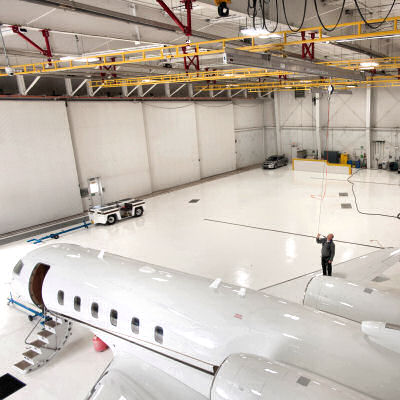
Common Applications
- Aircraft maintenance
- Railcar and truck loading/unloading
- Manufacturing and assembly lines
- Warehouse Applications
- Building Maintenance
Conclusion
Rigid fall protection systems are essential for ensuring worker safety at heights. By providing a secure, stationary anchorage point and reducing fall distances, these systems help prevent serious injuries and fatalities in industrial environments. With minimal fall clearances allows for a simpler rescue plan. In most cases this results in the ability to self-rescue. All Rescue plans shall be reviewed and prepared according to the situation before work begins.
✅ Ready to Uncover the Hidden Risks?
📅 Schedule a Safety Assessment Today »
📞 Or call us at (609)-325-5555

